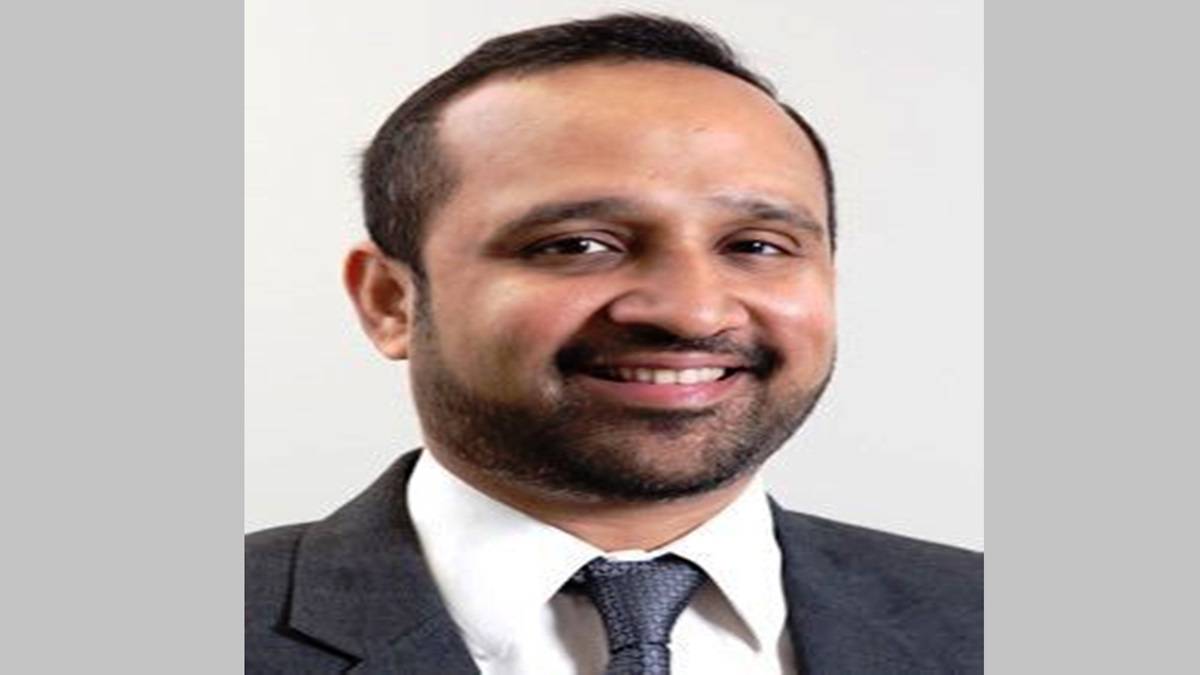Tier II and III Cities Driving India’s Next Wave of International Education Aspirants: Macquarie University Director
Traditionally, global institutions have focused their student recruitment efforts on major metropolitan areas like Mumbai, Delhi NCR, Bangalore, and Chennai
Foreign universities used to focus on big cities like Mumbai, Delhi NCR, Bangalore, Chennai, and Hyderabad to find students. These cities were popular because people there usually have higher income, better English skills, and want to study abroad.
Now, things are changing. Tier II and Tier III cities in India are becoming very important for student recruitment. According to Abizer Merchant, Director (India and Sri Lanka) at Macquarie University, Australia, smaller cities like Ahmedabad, Chandigarh, Jaipur, and Kolkata have always sent students abroad because they have visa centers and embassies. But in recent years, many more students from smaller cities are going abroad.
Merchant says “In the last 10–15 years, as India’s economy has grown, students from Tier II and III cities want international education. For some foreign universities, these cities now send more students than big cities.”
Why is this happening?
- Better travel options: Many small cities now have airports, and some even have direct international flights. Cities like Pune, Amritsar, and Kochi are easier for foreign university representatives to visit.
- Big population: These smaller cities often have 2–8 million people, which is similar to big cities in other countries. So, for foreign universities, these are not “small markets.”
- Education and lifestyle reasons:
- Students in smaller cities don’t have many top colleges nearby, so they look abroad.
- Young people want global degrees to get good jobs or start businesses.
- Many students also want to settle abroad for a better life, inspired by Indians living overseas.
- Schools in these cities are improving, so students have better English and can meet foreign university requirements.
Foreign universities from the US, Canada, Australia, and Europe are now focusing on these cities. Students here are also more open to new destinations and universities compared to big-city students, who usually prefer well-known names.
Even though incomes are a little lower than in metro cities, students from Tier II and III cities are ready to spend money on good international education. Merchant says “The opportunity in India’s smaller cities is huge. Universities that understand this change and work with these markets will benefit the most.”
Follow Shiksha.com for latest education news in detail on Exam Results, Dates, Admit Cards, & Schedules, Colleges & Universities news related to Admissions & Courses, Board exams, Scholarships, Careers, Education Events, New education policies & Regulations.
To get in touch with Shiksha news team, please write to us at news@shiksha.com


Abhay Anand is an experienced education journalist with over 15 years in print and digital media. Currently serving as Manager- Editorial at Shiksha.com, he specializes in higher education policy, student mobility,
Read Full Bio